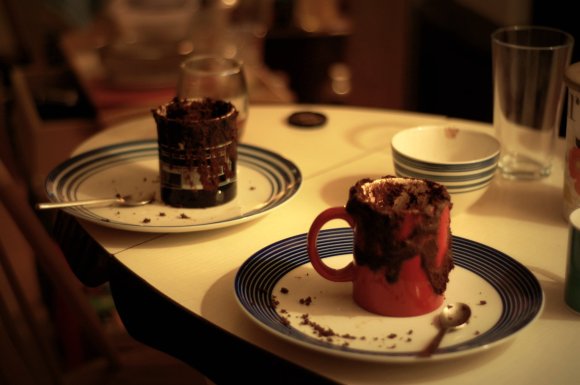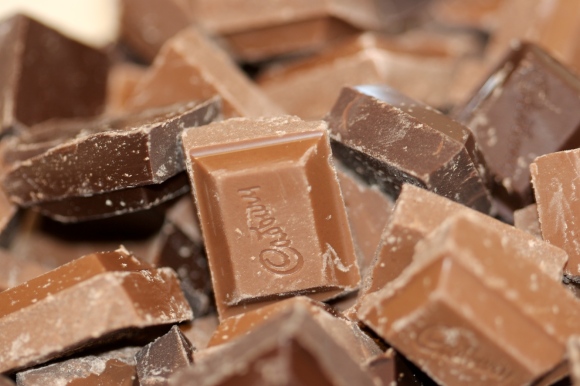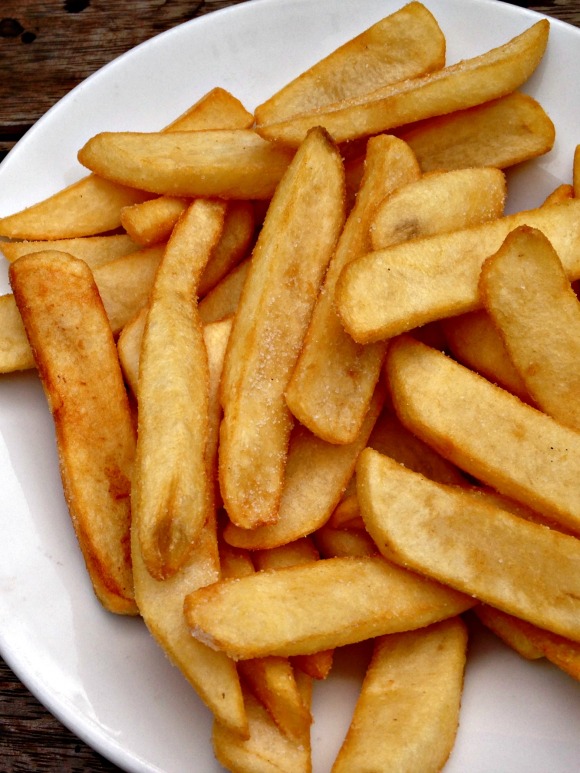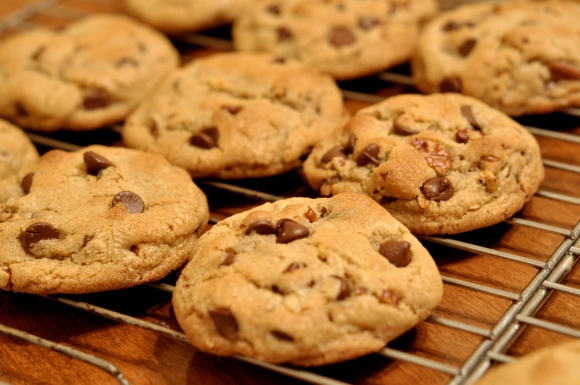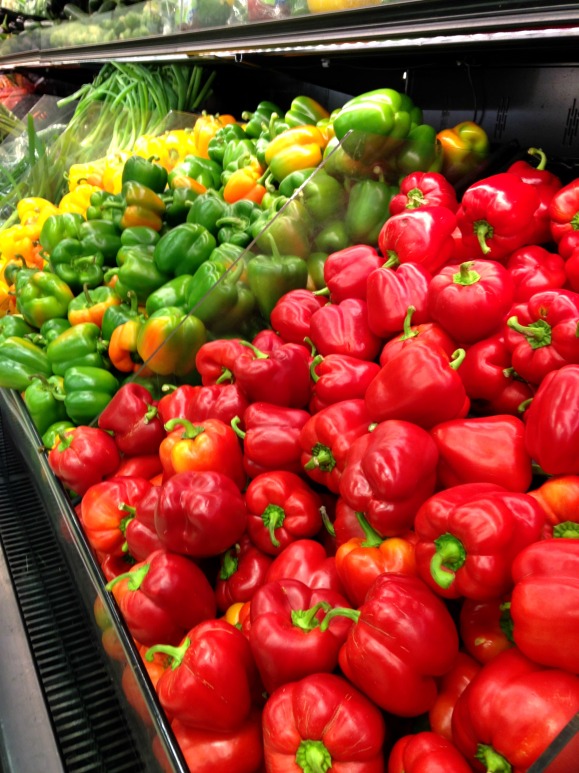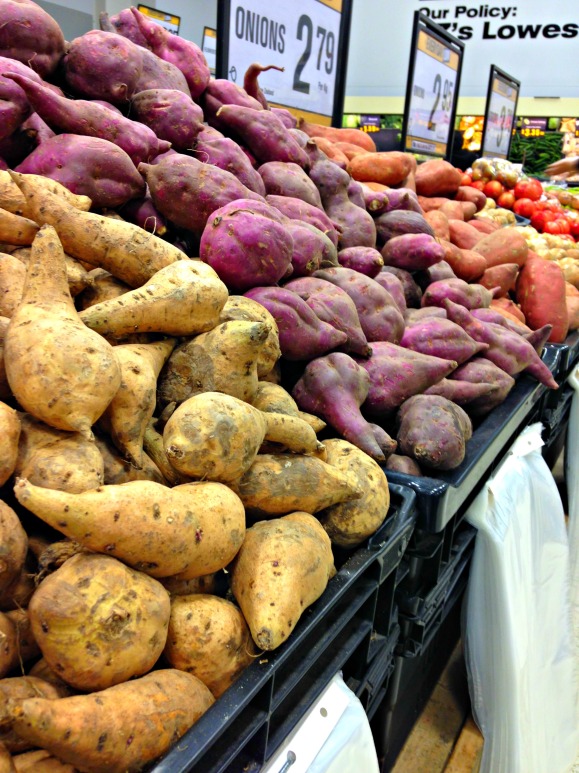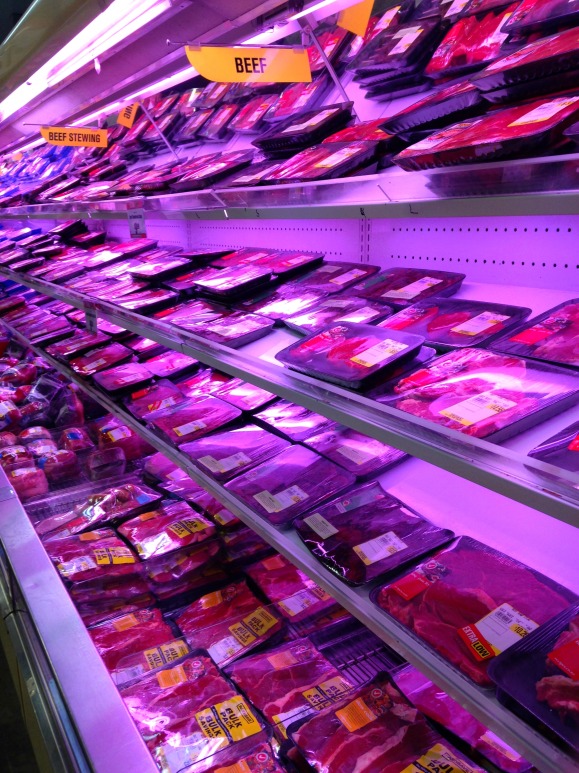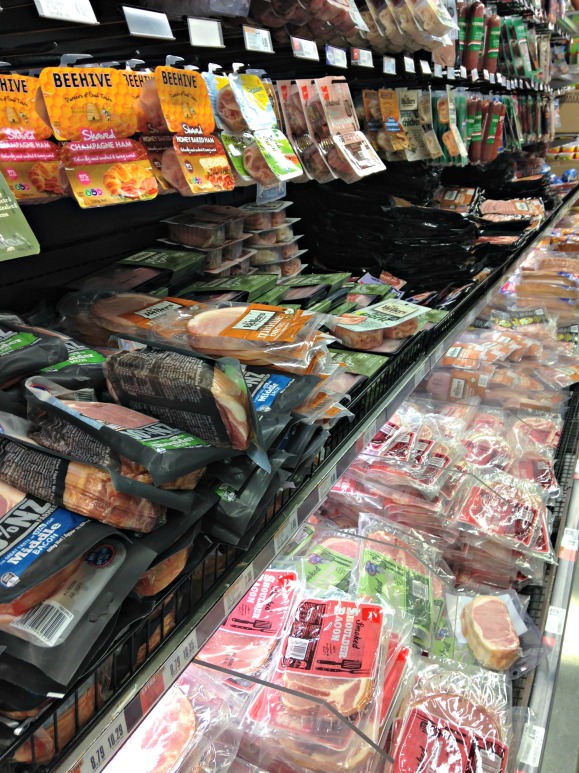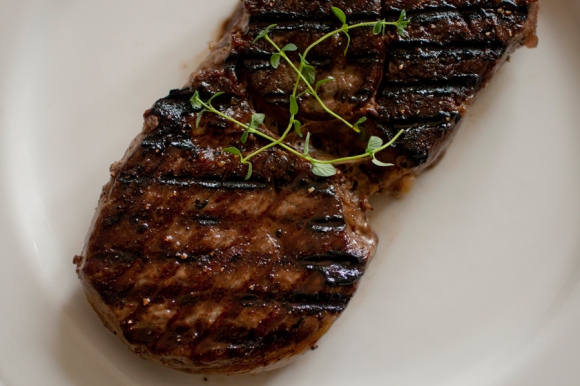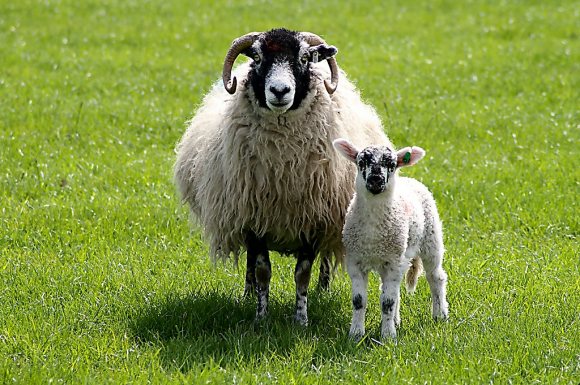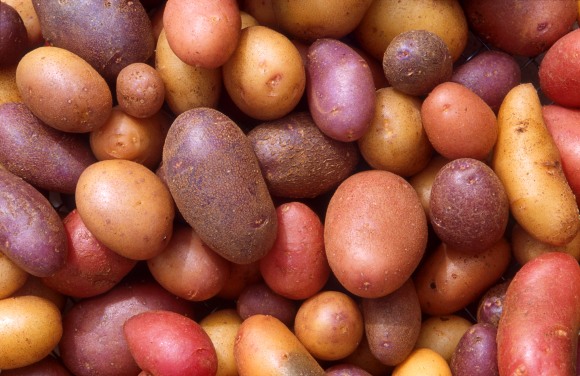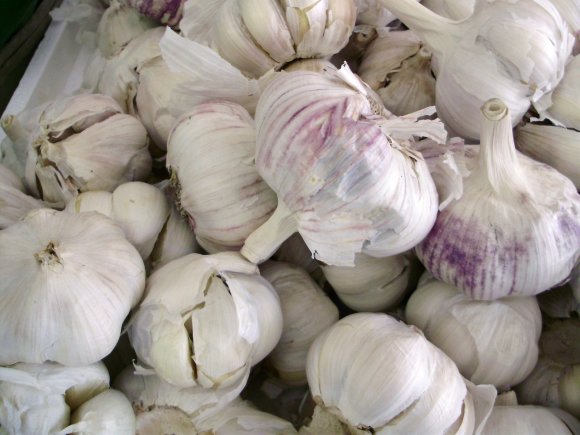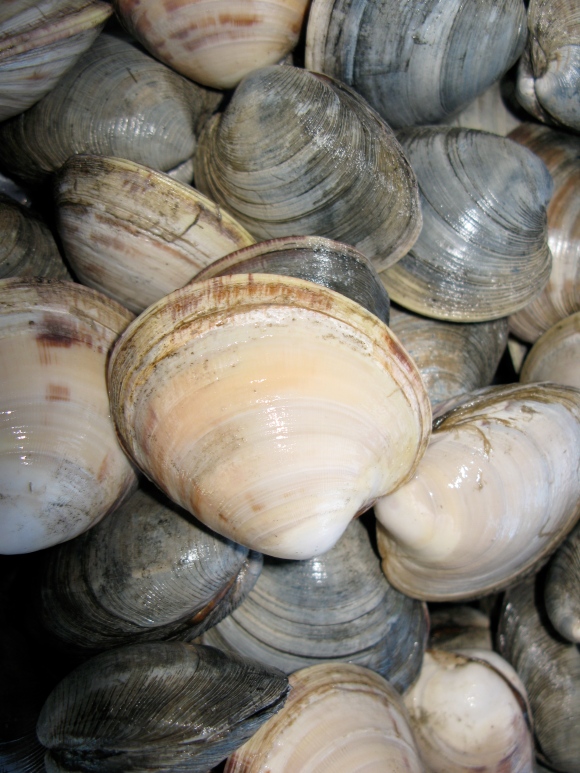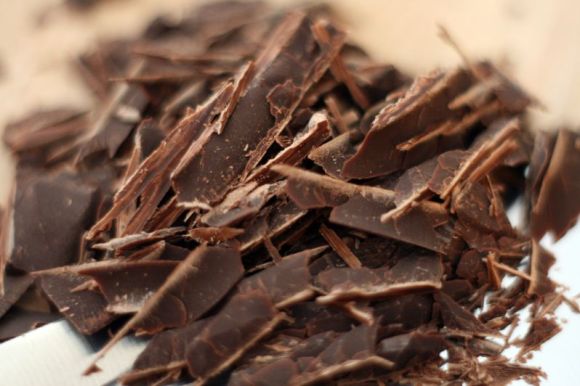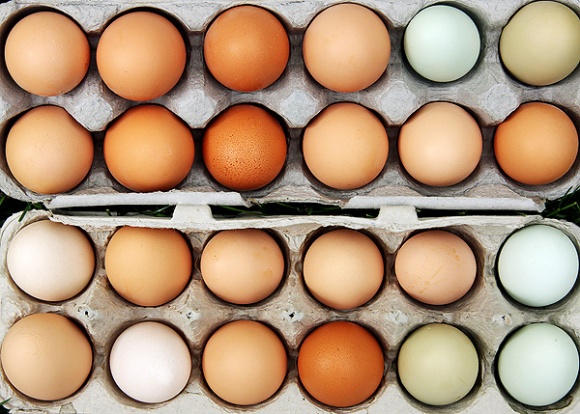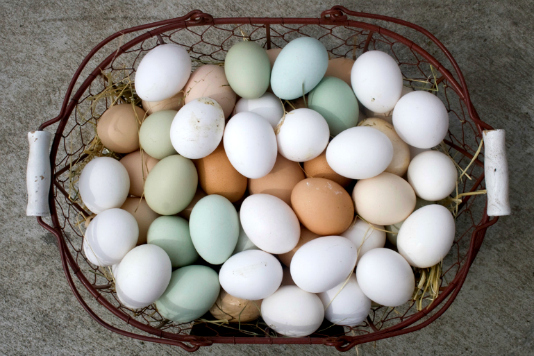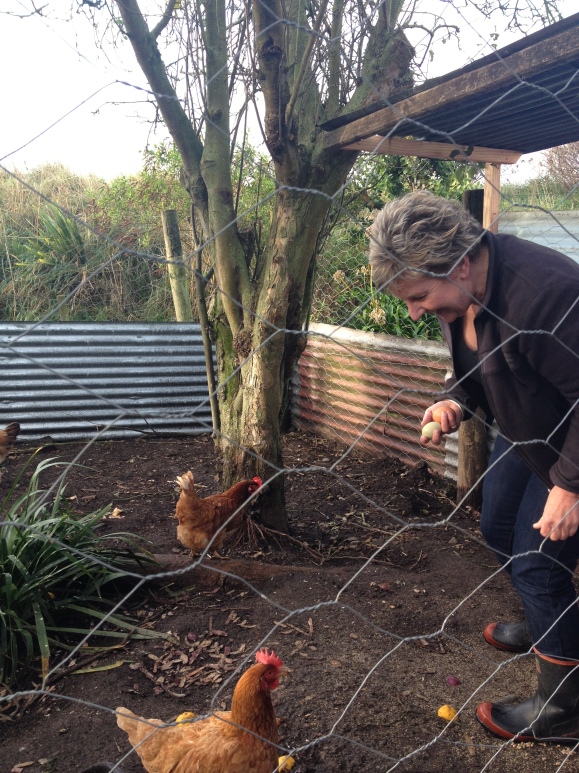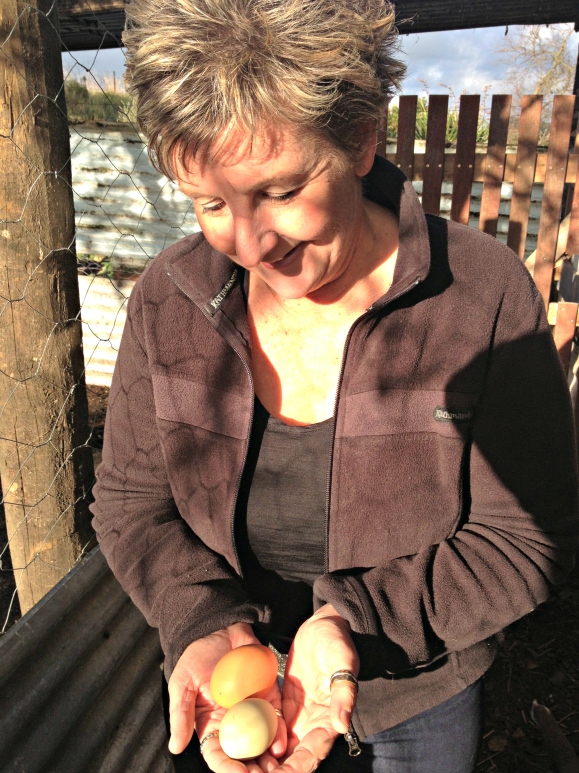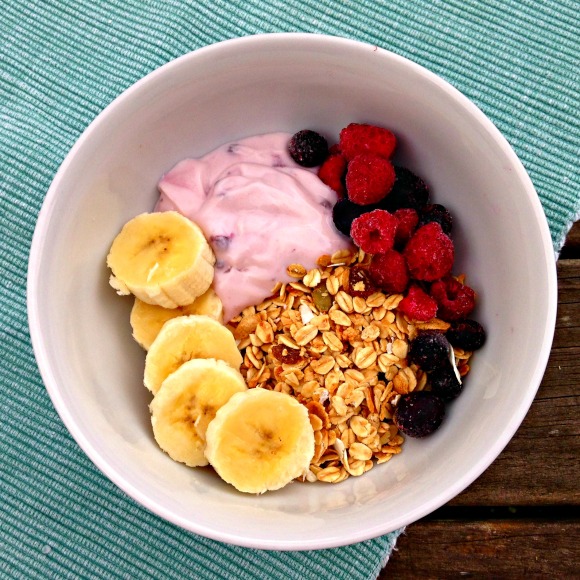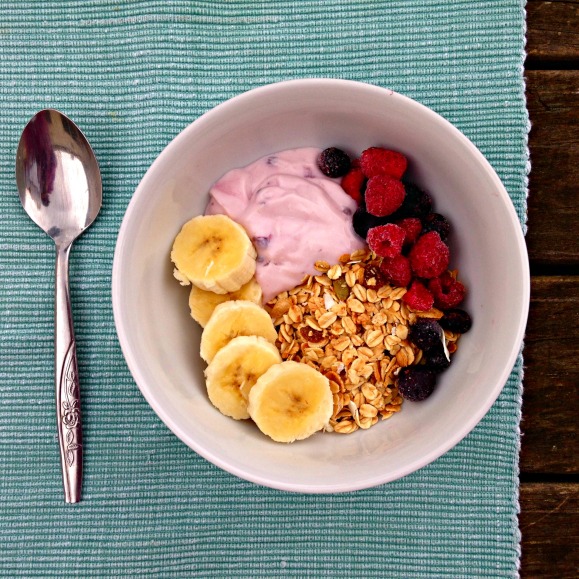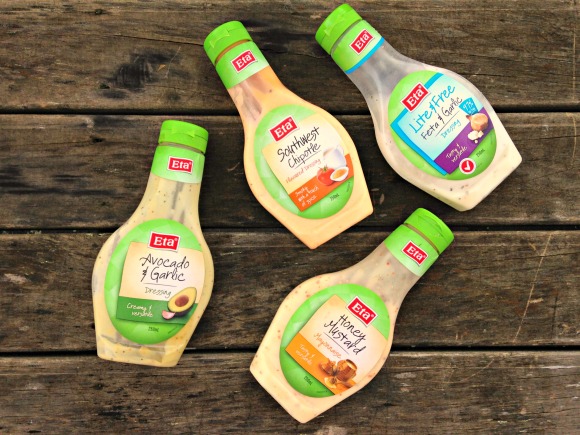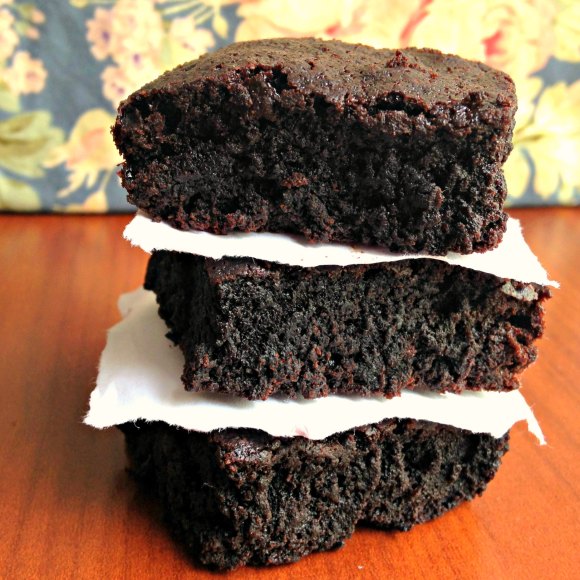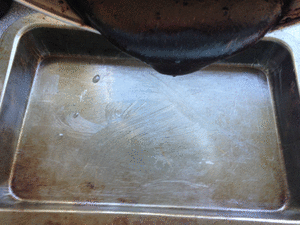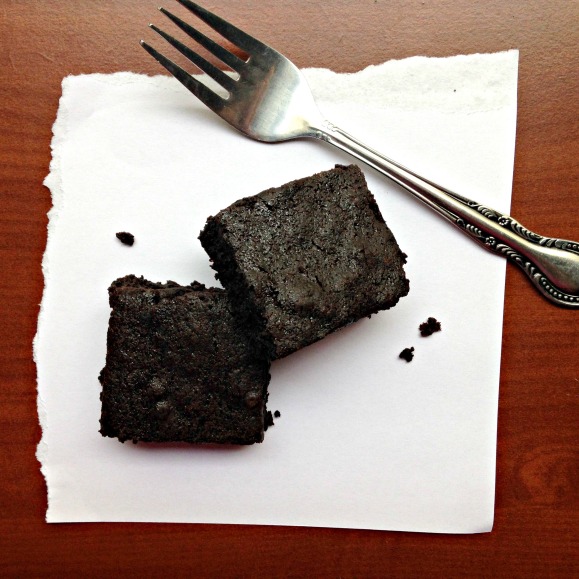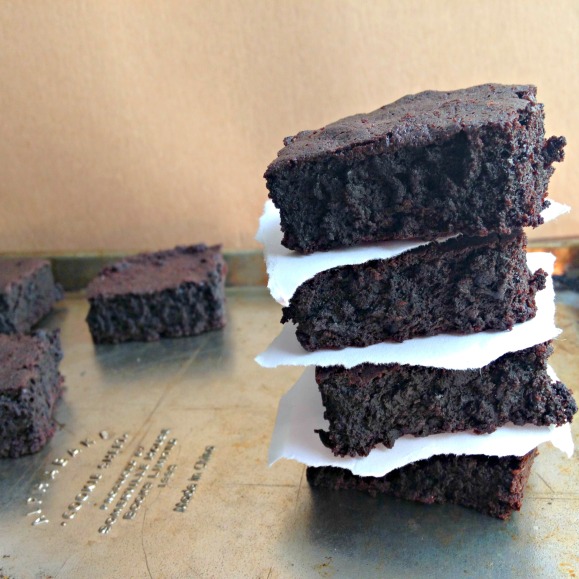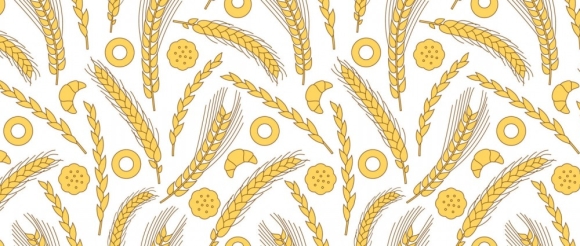Have you ever stood next to your microwave while you wait for your noodles to cook and wondered if the micro-waves were burning your brain? I know I have.

Microwaves are magical machines that manage to cook anything from soup to brownie just by spinning them round on a plate a few times. Seems pretty mystical to me. And naturally, like anything we don’t understand, we humans have a tendency to fear these mystical qualities.
Is our fear justified though? I mean Madame Curie, the lady behind x-ray machines in the war died because of the radiation from those very machines, could that happen to us too?
First of all, what is microwave radiation?
Well, radiation is just the release of energy from something. So lots of things release radiation, and many of them aren’t harmful at all. Our bodies are constantly radiating heat, and so is the sun. X-ray machines also release radiation, that’s how they do what they do.
But there are two forms of radiation, one more harmful than the other. They are ionising and non-ionising radiation.
Ionising radiation is the strong stuff. This kind of radiation is made of high energy waves which can get into cells and chemically change how they work. Lots of tests have been done on this type of radiation and we know that it is okay in small doses, but too much can cause burns, radiation sickness and cancer. Not good.
This kind of radiation is given off by things like X-Ray machines and is used in radiotherapy to treat cancer cells and in Nuclear power plants. Happily though, this isn’t the kind of radiation produced by microwaves.
Microwaves produce non-ionising radiation. This radiation has less energy than it’s ionising counterpart. This means that it can move things around in your cells, but not chemically change them and therefore cause cancer.
Non-ionising radiation is what is given off by things like the sun, cell phones, computers, heaters and radio waves. Of all of these types of non-ionising radiation only one has ever been found to be harmful and cause cancer, and that is UV rays from the sun.
So microwaves don’t produce the scary, harmful, I’m going to wake us as Spiderman kind of radiation. Phew!
But is there any chance microwave radiation could be harmful anyway?
There have been lots of studies looking at whether people who use or are around microwaves are more likely to get cancer or be otherwise harmed, and there have been mixed results. Some studies have found a link between microwaves and cancer, but other studies have found absolutely no link at all.
Microwaves do create a magnetic field around them when they are being used. However most experts agree that microwaves just don’t give off enough energy to alter the DNA in your cells and therefore won’t cause cancer.
Some people also think that food cooked in the microwave might be harmful. But this isn’t true. Microwaves cook food by heating up the water molecules inside the food, making them vibrate. The jiggling water method is how lots of food cooks, and doesn’t change the makeup of the food at all, which means that food cooked in the microwave is no more harmful than food cooked on the stove or in the oven.
Moral of the story?
Microwaves are safe. Standing next to the microwave while it’s humming away spinning your food round in circles is no more harmful than standing in the sunshine spinning your head round in circles. It might even be safer.
So now we know they’re safe, lets get our microwaves to do what microwaves do best and make some brownie!
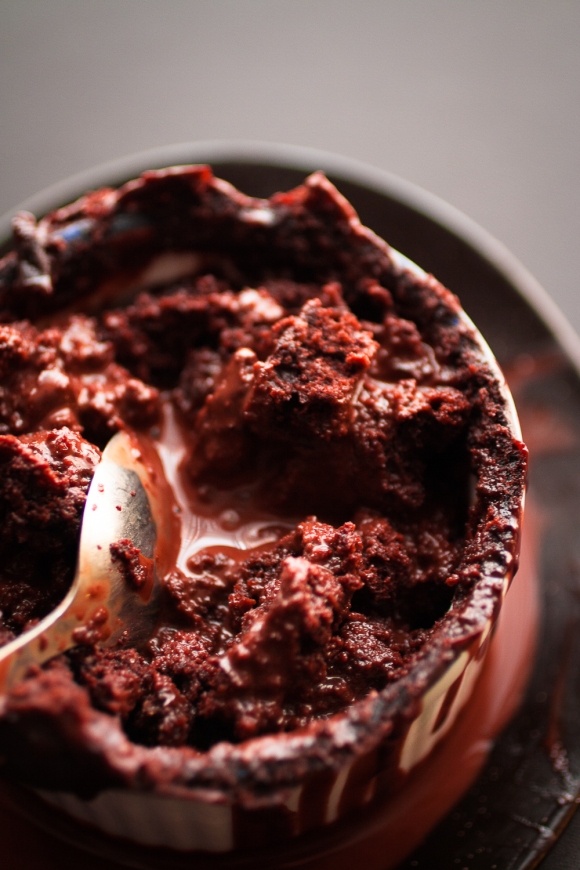
Magical Microwave Mug Brownie
- 4 Tbsp white sugar
- 2 Tbsp of flour
- 2 Tbsp Cocoa powder
- 2 Tbsp boiling water
- 2 1/2 Tbsp oil
- 1 Egg
- A pinch of salt
Mix everything in a nice big mug until just combined. Microwave for 30 seconds. Take it out, give it a quick mix and put it back in for another 30 seconds. Then you’re done!
I highly recommend topping with a scoop of ice cream. Mmmmm…
